Voltage Signal
The electrical signals can be transmitted in two different ways.
- Current signal and
- Voltage signal.
The voltage signal when transmitted over a long distance it causes a voltage drop in the wires.
There might be large voltage difference between the sending end and receiving end. This leads to measurement errors as our process variable reading present in the voltage form.
Thus, voltage signal is generally not used because of more error in measurement.
Current Signal
On the other hand, the current signal does not get affected with voltage drop in the loop wires. The measuring accuracy of the current signal transmission is far better than voltage transmission signal.
The transmitter manufactured for automation purpose can output 0-20mA or 4-20 mA signal.
The 4-20 mA signal is preferred over 0-20 mA signal because the broken wire can be easily detected with use of 4-20 mA signal.
If current observed is zero in a 4-20 mA transmitter, the transmitter will output an error signal.
The current signal can be transmitted without error to a distance of 1000 meters.
Why 4-20 mA Current Signal?
The transmitter is generally loop powered with 24 volts supply. The transmitter with this arrangement is called 2 wire transmitter.
The process signal can be measured by connecting ampere meter in the series with the 24 volts supply source.
The response of current signal is more linear than the response of voltage signal, and therefore, current signal is preferred over voltage signal.
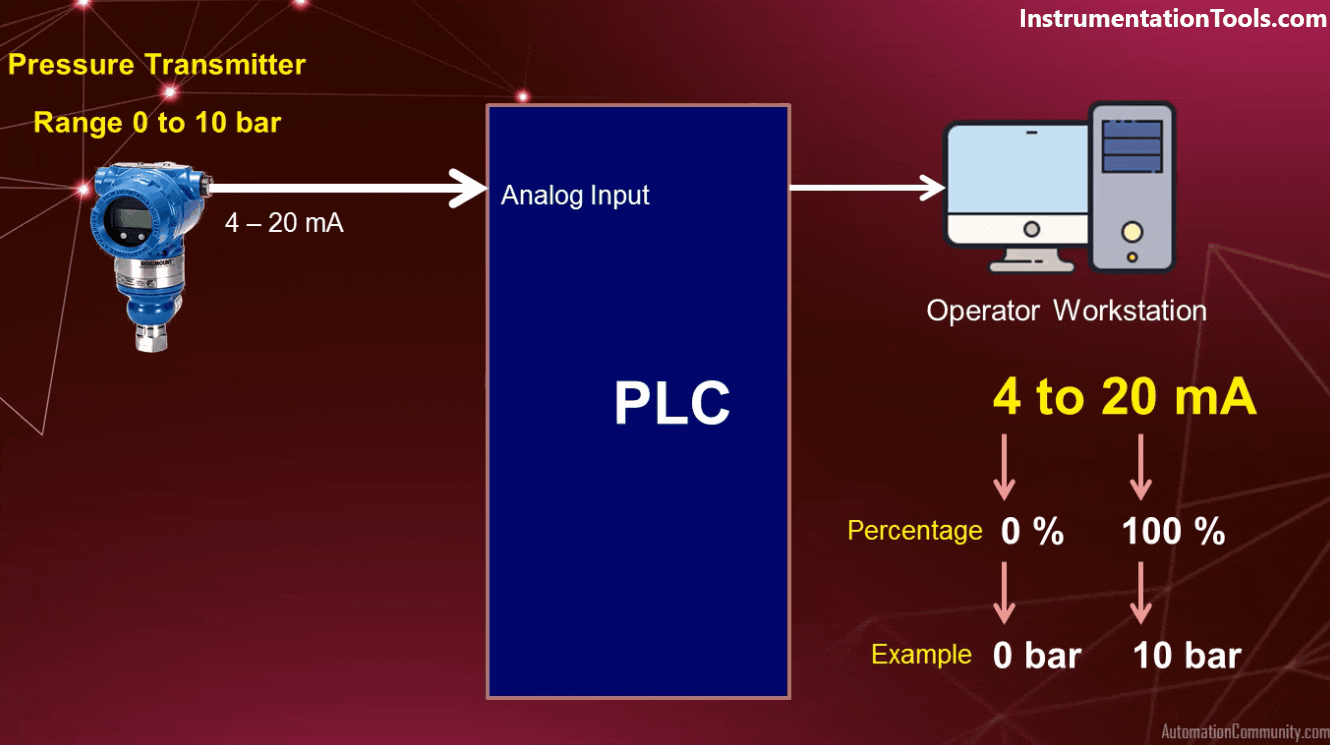
It is desired that the signal must be reproduced at the control system end exactly what was produced at the transmitter end so that both sides read and display the same values.
The signal should not interfere with the external electromagnetic interference or electrostatic interference. If these external signals superimposed on the measuring signal it can cause substantial error in the measurement.
The noise immunity of the current signal and voltage signal depends on the impedance of the source. The current signal provides low impedance to sensor/transmitter in comparison to voltage source, and the thus current signal has better immunity to noise.
4-20 mA current signal is safe for hazardous area because of low power, and there is no risk of electric shock or fire.
The 4-20 mA signal is fed in the 250 ohms resistance connected to the transmitter circuit.
The resistor converts the current signal into a voltage signal for onward conversion in digital signal through an analog to digital converter which is located in the analog input module of PLC or DCS system cabinets.
Author: Satyadeo Vyas
If you liked this article, then please subscribe to our YouTube Channel for PLC and SCADA video tutorials.
You can also follow us on Facebook and Twitter to receive daily updates.
Read Next:

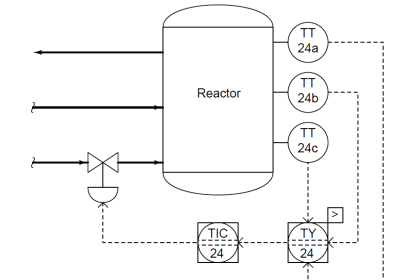
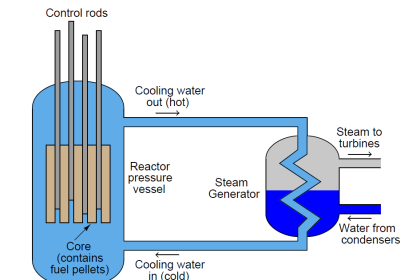
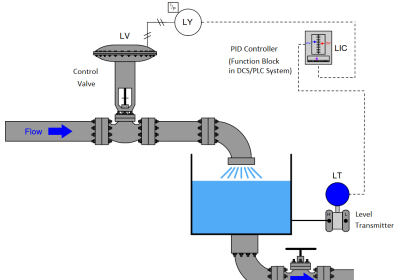
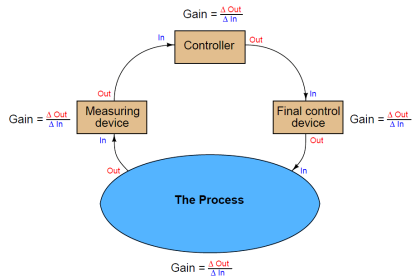
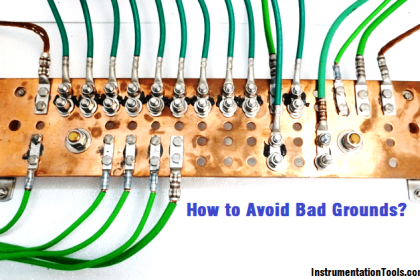
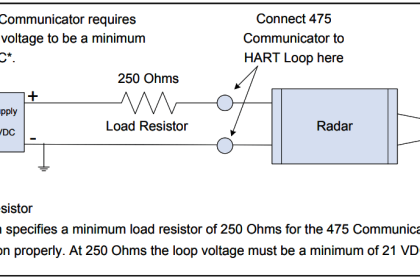

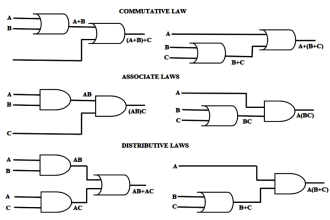

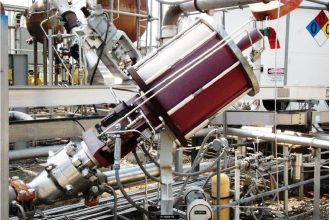
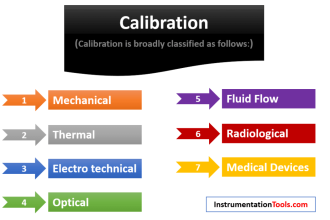
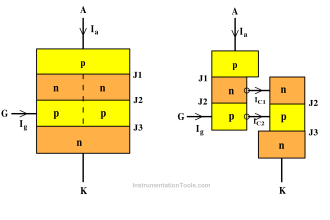

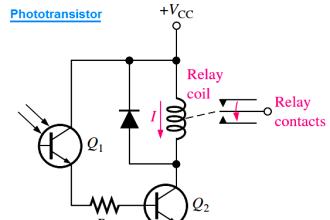

intrested subject
Yes
The voltage signal when transmitted over a long distance it causes a voltage drop in the wires.
Sensible description.
Publicação correta e muito bem colocada
Really interesting topic thanks!
I would add that with IO-Link Sensors you can get more in an easier way.
You get the value (so you do not need to translate voltage or current into the value), you get the status of the device, and the replacement is plug&play as IO-Link master transfers the settings to the sensor automatically, even identifying the possible model errors.
I understand the concept of voltage drop but what about the 24V power? Would this not degrade over a long distance, therefore affecting the current?
Voltage, Current, and Resistance are related by the equation V = IR, where V is voltage, I is current, and R is resistance. Every cable has a little bit of resistance built in, and for short runs, its is normally small enough to not cause much error. However, as the cable gets longer (1000 meters), this resistance is magnified, and thus, produces a larger error. What the instrument hopes to do in a loop between the power supply and the sensing element of the Input card is to adjust the voltage or current. However, when using voltage, the instrument cannot adjust for resistance that it doesn’t know about. For example, let’s say we have this wiring diagram:
Power R1 (Cable) (0-10V) R2 (Cable) (R3 – Fixed Internal)
+24V —— /\/\/\/\ —— Instrument —– /\/\/\/\ —— Input ————– 0V
In this diagram, the voltage seen by the Input has a voltage drop equal to the voltage set by the instrument, dropped by an amount the resistance creates from the current flowing through it.
The equation would be: Vinput = (Vinstrument * R3) / (R2 + R3)
If the Instrument output 10V, the Resistance of R2 was 1 Ohm, and R3 was 1 Ohm, the instrument would see is (10*1)/(1+1) = 10/2 = 5V. This is an exaggeration of resistance, but you get the point. However, what is common on all of these resistors in the loop is the current. It is the same across all devices, and is basically V / R = 10 / ( 1 +1 ) = 5. If the instrument can control the current, then the current will be seen by everyone the same.
Look up Kirchhoff’s Voltage Law if you want more information on this. Current Loops and Voltage Dividers are what is happening here.
I hope that makes sense.